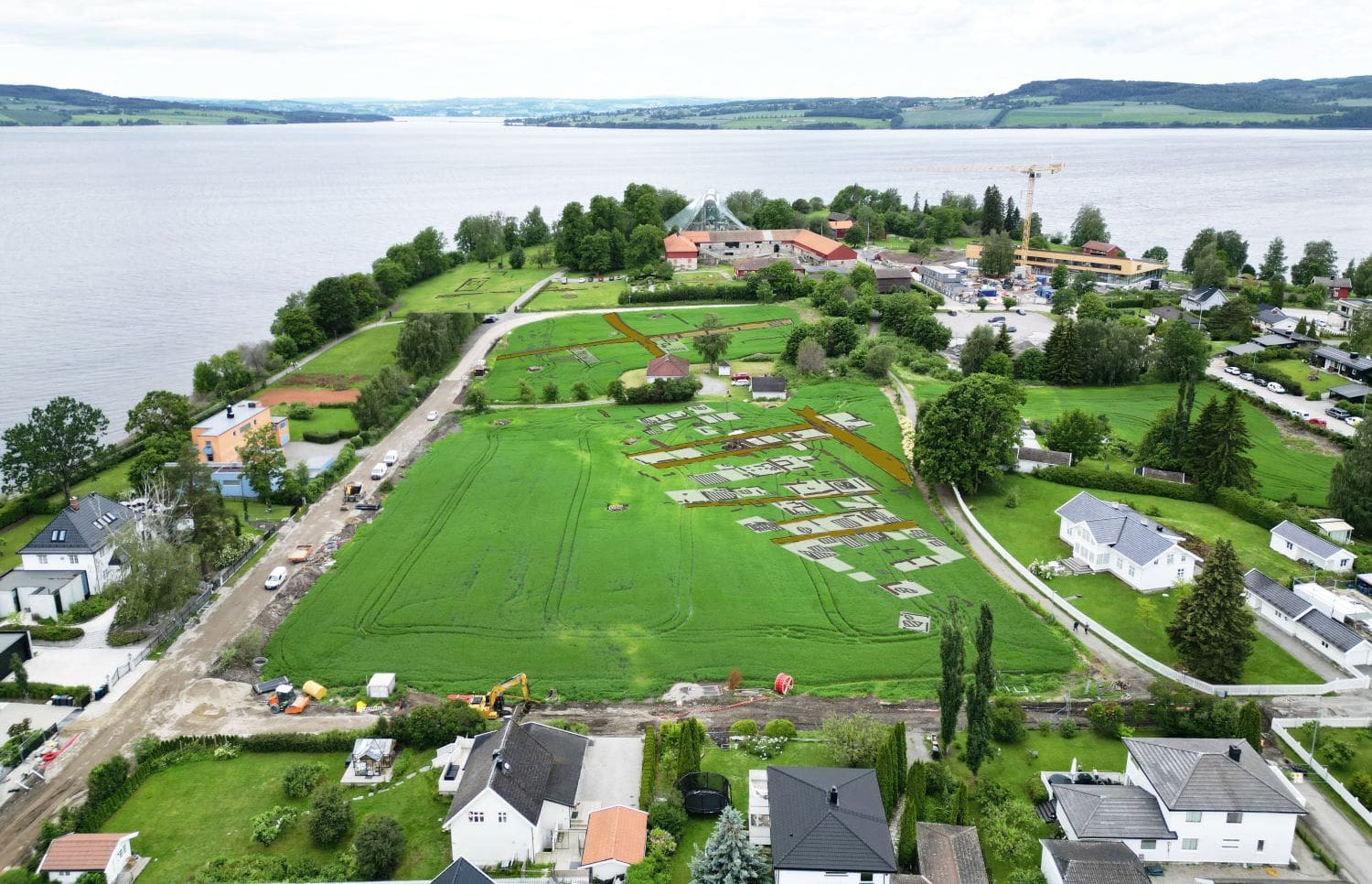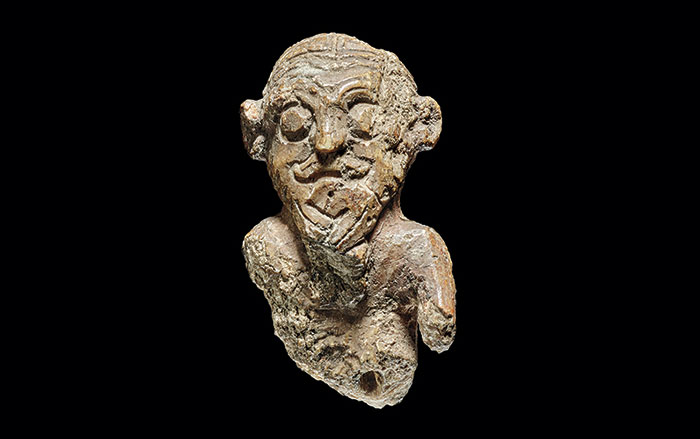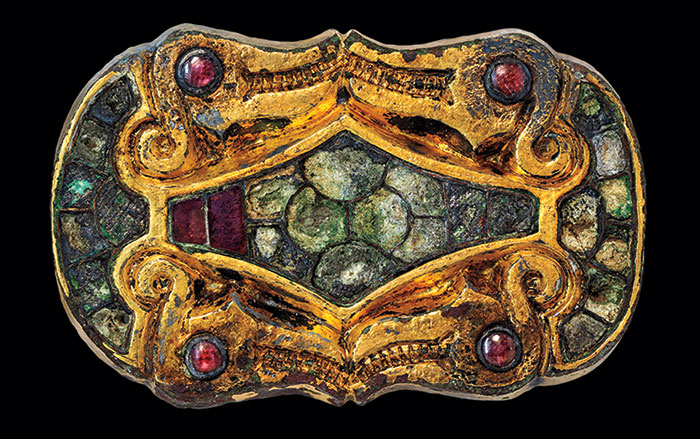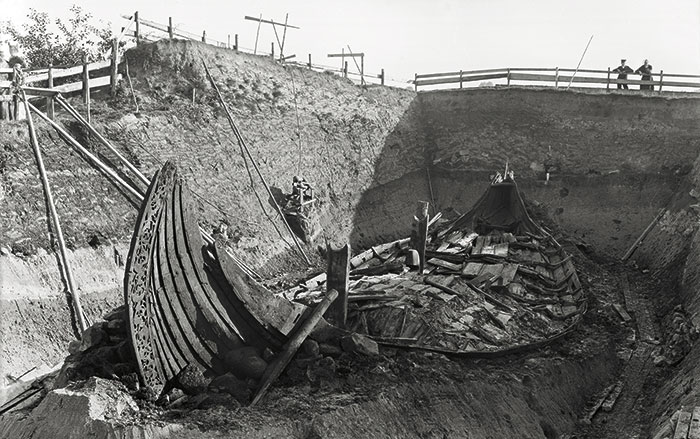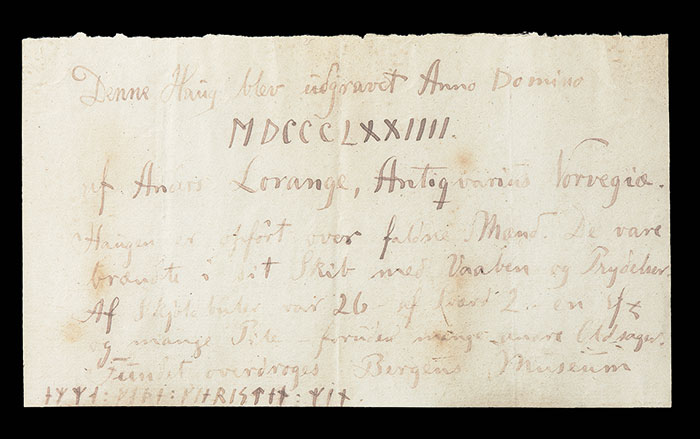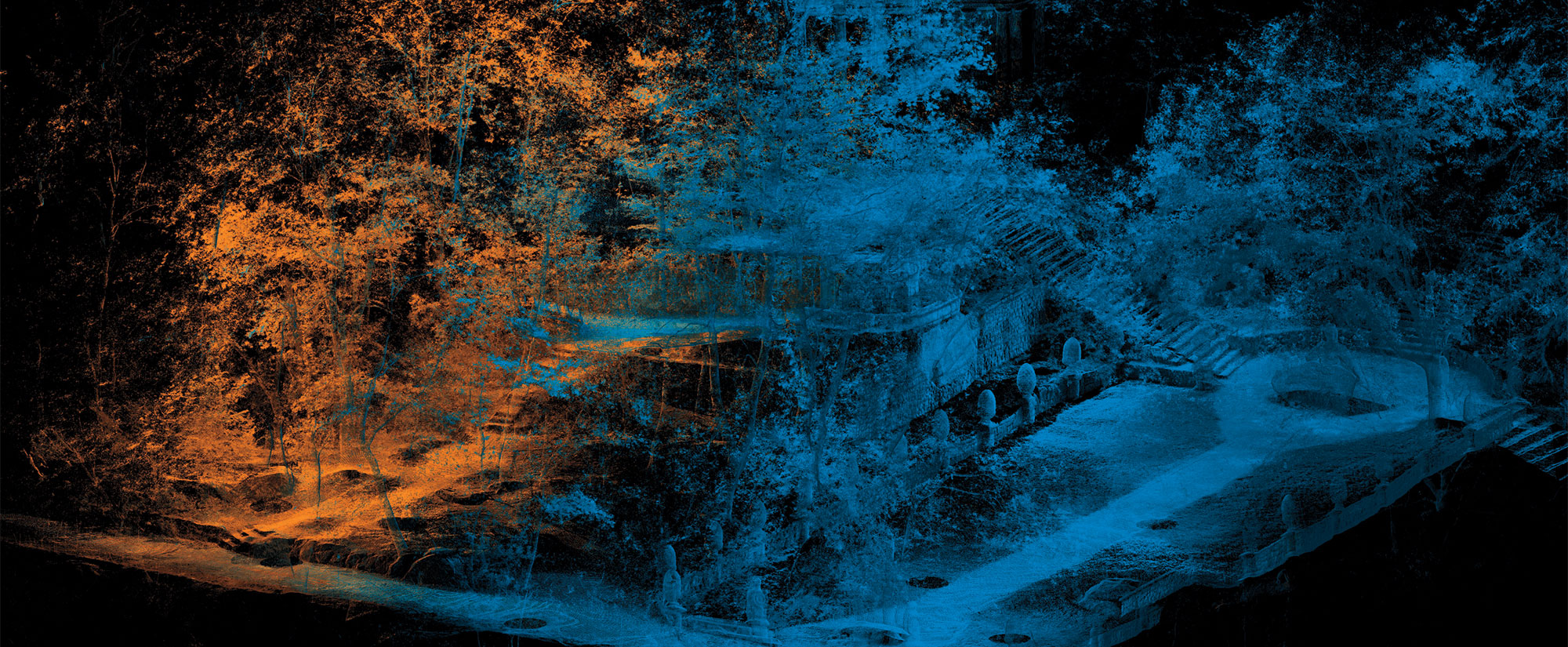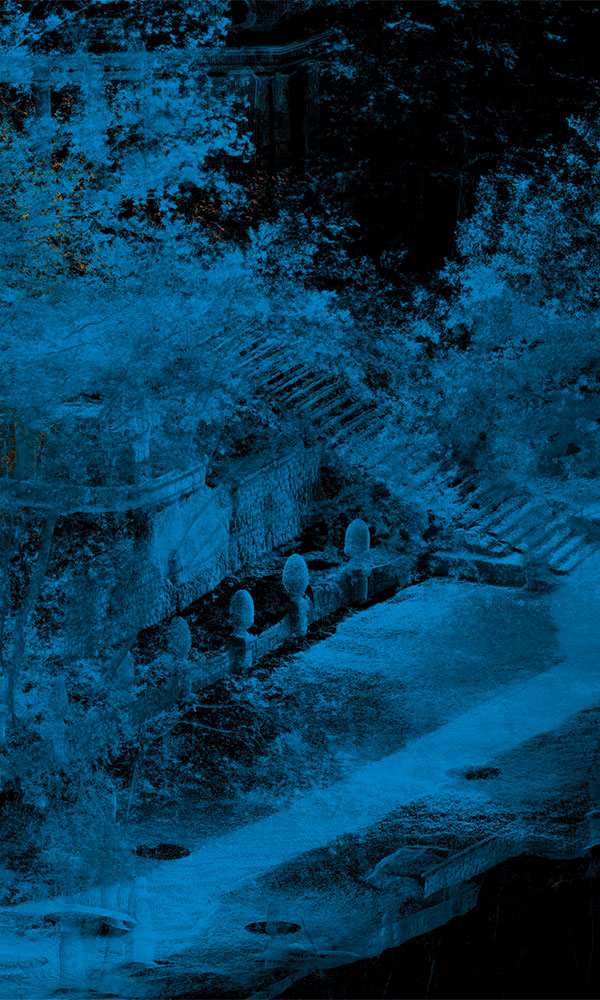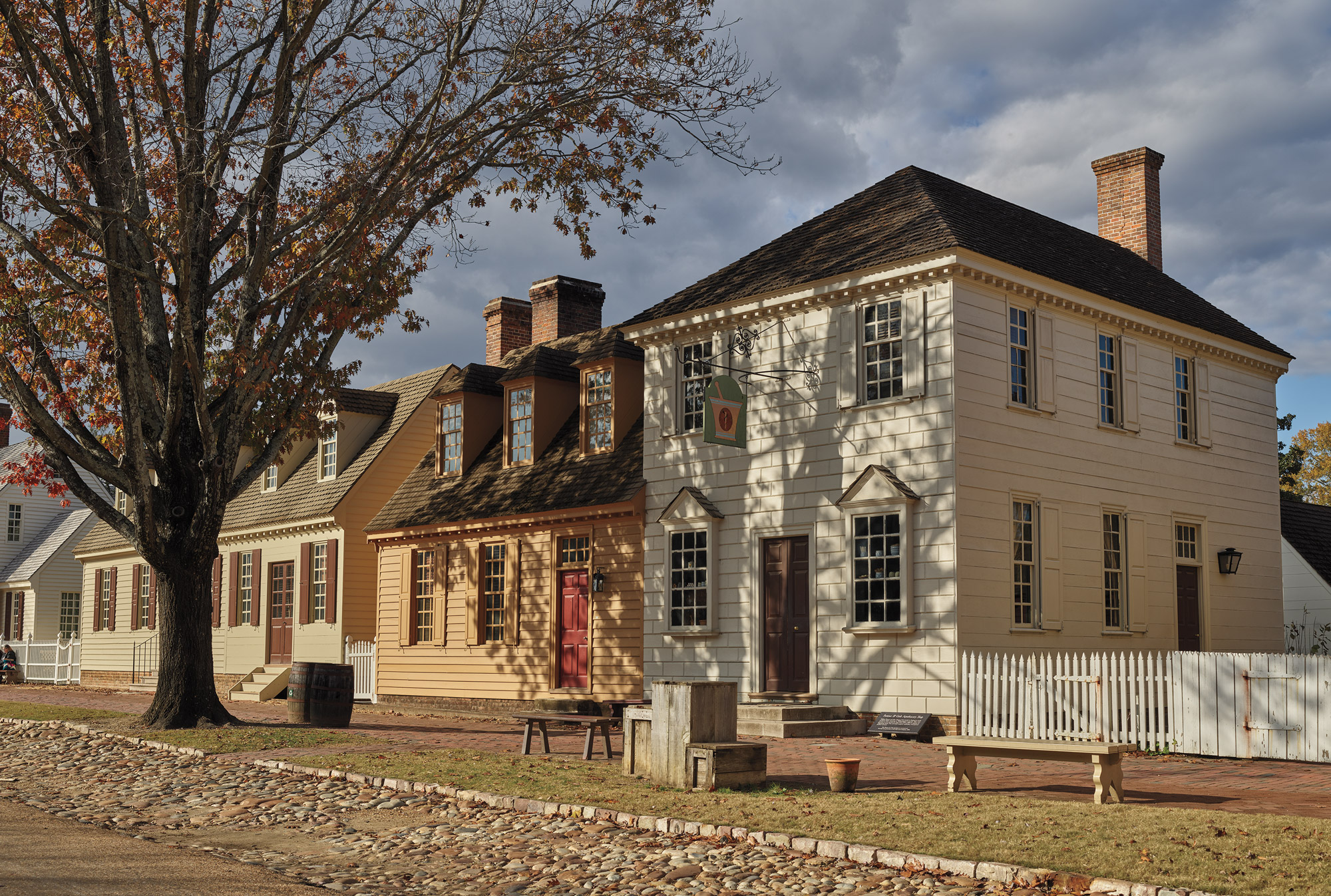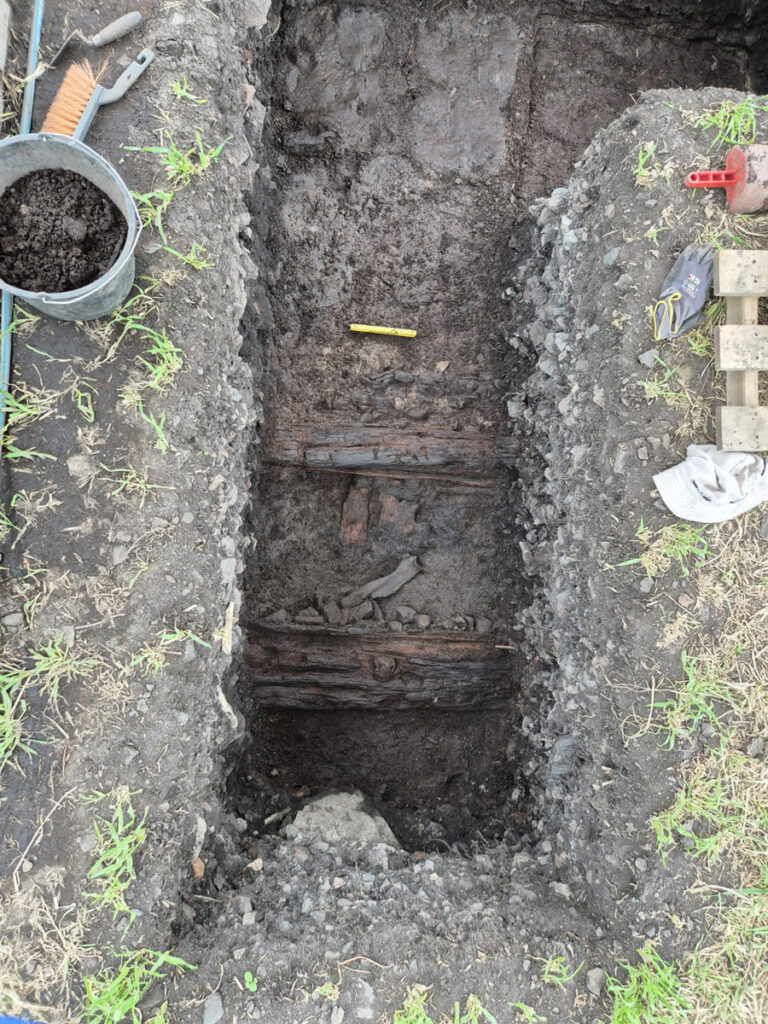
HAMAR, NORWAY—The sixteenth-century Chronicle of Hamar records that there was once an ancient urban settlement known as Hamarkaupengen somewhere east of Hamar’s cathedral. It was one of only eight known medieval towns in Norway, and the only one situated inland. Believed to have been founded in the mid-eleventh century, Hamarkaupengen was eventually abandoned at a forgotten time, leaving scholars to wonder where it had been located or even whether it had existed at all. According to a statement released by the Norwegian Institute for Cultural Heritage Research (NIKU), archaeologists finally attempted to uncover the mystery over the past decade. They had largely been unsuccessful until conducting ground-penetrating radar surveys in 2023 and 2024 in a field known as Kringkastingsjordet. These seemed to reveal significant clusters of buried buildings, streets, and alleyways that were of similar design to other known medieval Norwegian urban centers. Recent targeted excavations carried out by NIKU and the Anno Museum uncovered the remnants of a two-room timber frame building with wooden floor planks. This find appears to have corroborated the results of the geophysical survey and the location of the lost settlement. “We were eager to see what lay below ground,” said NIKU archaeologist Monica Kristiansen. “It is therefore extremely encouraging that the radar interpretations are being confirmed!” To read about the birthplace of Norwegian Christianity and the site of a medieval monastery, go to "Off the Grid: Selja Island, Norway."


